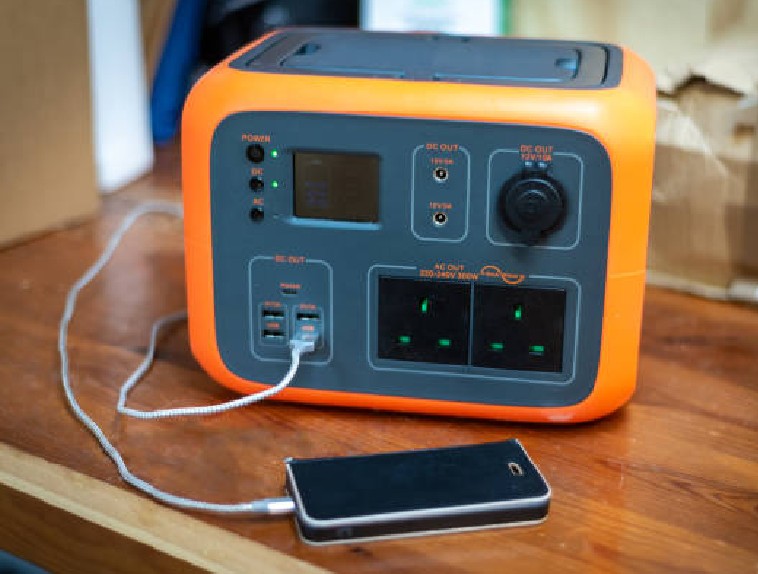Question: Portable power distribution unit
What UL Standard is used to evaluate portable power distribution units used at construction sites? How can I identify these products?
Answer
Portable power distribution units used at construction sites are evaluated for compliance with UL 1640, the Standard for Safety for “Portable Power Distribution Units.” These products are Listed under the product category Portable Power Distribution Units and Devices (QPSH), located on page 93 of the 2003 General Information for Electrical Equipment Directory (the White Book).
These units can be identified in the field by the UL Listing Mark and the product identity of either “Construction Site Portable Power Distribution Unit” or “Construction Site Port Pwr Dist Unit.” This product identity is necessary to identify units that have the special ground-fault protection for personnel features required for construction site applications. A UL Listed unit with another product identity or a unit Listed to another UL Standard such as UL 231, the Standard for Safety for “Power Outlets” would not have this protection.
Question: Ground-fault circuit interrupter (GFCI)
Did UL change the requirements for ground-fault circuit interrupters (GFCIs)?
Answer
Yes, they were changed in response to a recent field survey conducted jointly by NEMA and UL.
GFCIs are Listed under the product category Ground-Fault Circuit Interrupters (KCXS) located on page 58 in the 2003 General Information for Electrical Equipment Directory (the White Book). GFCIs have provided a significant improvement in consumer safety. Although GFCIs do provide improved safety, research has indicated that a small but significant percentage of GFCIs, particularly older ones, do not reliably interrupt faults when evaluated in the field several years after installation.
GFCIs contain electronics, much like computers. They can be subject to damage from power surges and other sources that can go unnoticed.
As a result, UL has added certification requirements to ensure that UL Listed GFCIs are more resistant to adverse field conditions.
Seven revisions to the UL requirements for GFCIs have been adopted as certification requirements, which became effective January 1, 2003. They include:
A. A more stringent voltage surge immunity test to ensure the GFCI can safely withstand a 4 kV, 2 kA surge.
B. A new corrosion test to demonstrate greater immunity to moist conditions.
C. An operating test to verify that proper operation of the GFCI cannot be prevented by manipulation of the GFCI conditions.
D. A reverse line-load miswire test that requires the GFCI to deny power to feed-through receptacles when reverse wired.
E. An abnormal overvoltage test that requires the GFCI not become a fire or shock hazard during extreme overvoltage conditions.
F. Requirements for GFCIs to demonstrate immunity to conducted disturbances induced by radio frequency (RF) fields.
G. A supplemental voltage surge test to assure GFCIs provide maximum protection against the unwanted consequences of transient voltage surges.
Installed GFCIs should be tested on a regular basis, as identified in the manufacturer’s operating instructions, to promote proper operation of these devices.
Question: Manufactured wiring systems
How is a user to know how to install Listed “manufactured wiring systems” and how are they labeled?
Answer
Manufactured Wiring Systems are Listed under (QQVX) located on page 97 of the 2003 General Information for Electrical Equipment Directory (the White Book.)
Manufactured wiring systems are intended to be installed in accordance with NEC Article 604 and the manufacturer’s installation instructions. Detailed instructions are provided by the manufacturer for the wiring of each assembly intended for field connections.
Each part of the system (distribution box, tap box or other appropriate product) is required to be provided with the UL Listing Mark, and provided in a location that is visible without disassembly. Each manufactured wiring system component is also marked with the manufacturer’s name, trade name, or trademark, voltage rating and conductor size. If the unit is not complete and is intended to be assembled or connected with other components in the field, each portion of the system should be identified with respect to its intended use.
Each power-feed assembly shall be marked to indicate the type and rating of the intended branch-supply circuit. In addition, the power-feed assembly shall be marked with a diagram specifying methods of connection to the branch circuit or the equivalent of the branch circuit. The markings are required to be visible after installation of the assembly.










Find Us on Socials